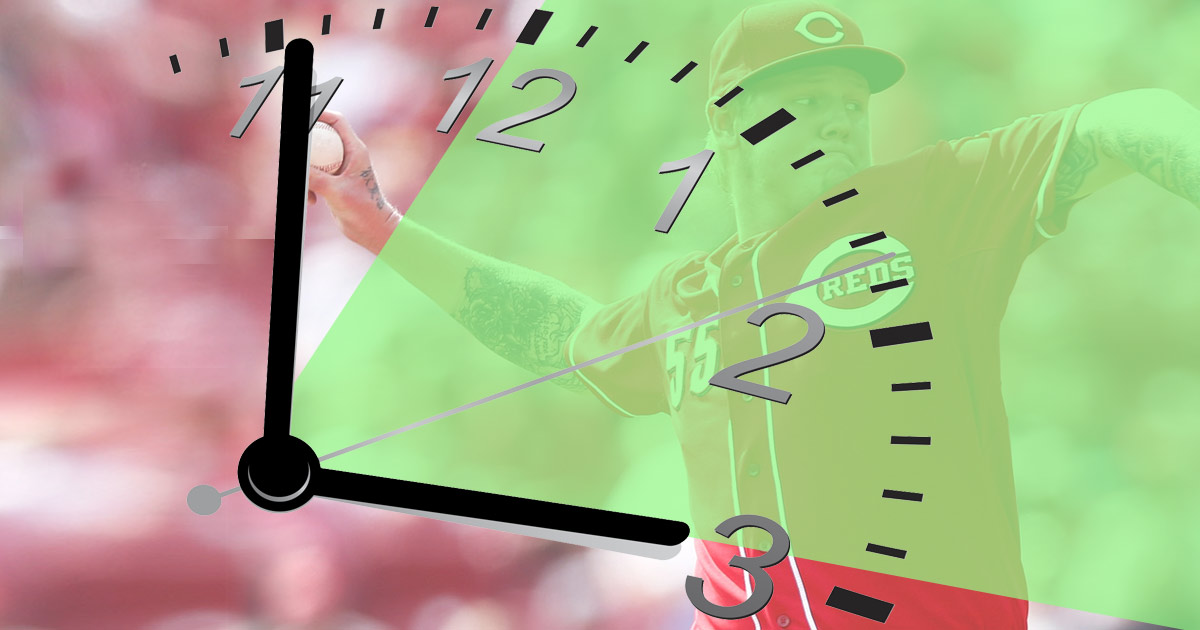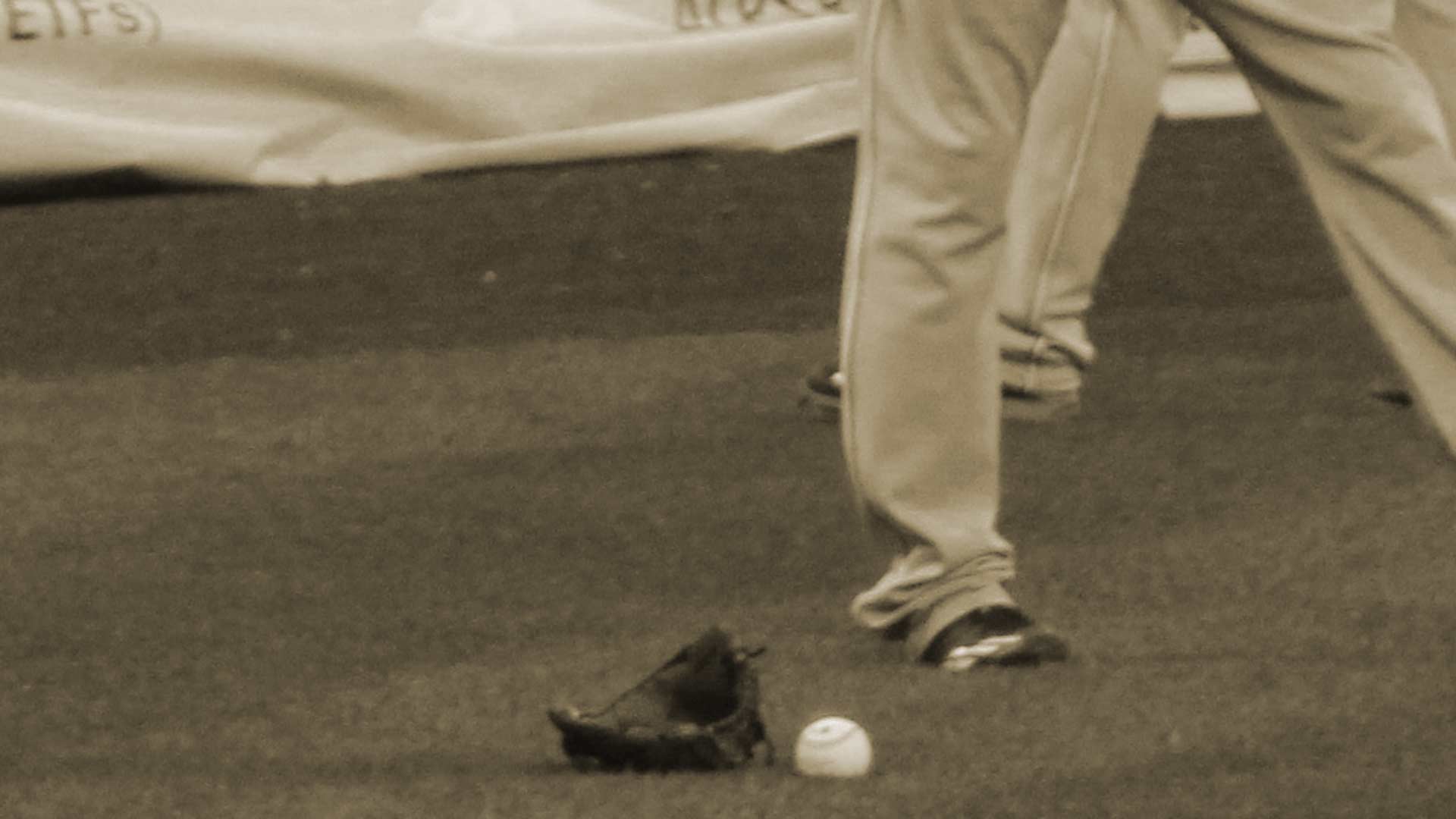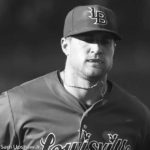Homer Bailey, Expectations and Billy Chapel
Homer Bailey Returns
Here comes Homer Bailey. Are you excited? Are you breathless with the possibilities? Or have you moved on from the one-time Texas savior who has heretofore failed to reach the pitching heights the Reds and their fans predicted and hoped he would attain. It hasn’t worked out the way it was drawn up, has it? Bailey saw himself passed by Johnny Cueto and even Mat Latos on his march to the top of the rotation. Yes, he’s had his moments. A couple of no-hitters. A terrific performance in the 2012 NLDS that has been forgotten in the aftermath of a stunning series collapse.
Still, by 2013, according to those inside the game, Homer Bailey was the prototypical #3 starter in major league baseball. That’s nothing to sneeze at. Nevertheless, many Reds fans have felt cheated. He was rushed to the big leagues in 2008, a sea of promise, rising and falling with every start, as he battled the Poseidon that was his own evolving maturity. His own worst enemy conquered, his peripherals rose, the velocity and strikeouts ticked upward as the walks declined. His worth seemed to be on an upward climb.
In February 2012, the Reds announced they had signed Homer to a 6-year, $105 million contract, one that keeps him in Cincinnati through 2019, with an option for the following year. Opinion was divided, but if we are honest, mostly negative. It was labeled an overpay. Before that declarative statement could be debated, bad things happened. No sooner had the ink dried on the contract did the injuries build like a Jenga tower of misfortune: a spring training groin injury topped by a balky back topped again by a flexor mass injury to the forearm.
The combination of dollar bills and disability led to complaints the Reds should have saved the money for Johnny Cueto. That crooked logic is belied by a host of facts, not the least of which is that Cueto and his agent were not interested in home town discounts with free agent funny money on the horizon. Nor were the Reds in a position to stall Bailey much longer. Time was up. The Reds had serious goals in 2014. To accomplish those, Homer Bailey needed to be a part of the plan or moved, lest a full season of control be wasted.
The failure of yet another major league ulner collateral ligament was met with more derision. Not only has Homer had his own personal detractors, his career has been rushed into service of the ongoing Jocketty Jeremiad, another in a whiny list of lamentations of what the front office has done wrong.
Paying for pitching is a tough proposition. So is waving so long, then standing on the sidewalk outside the postseason’s store window, watching it win World Series games for another team. Gone are Cueto and Mat Latos. In their place are a future full of prospects peppered by unknowns.
And Homer Bailey.
. . .
The siren call of the mound had Homer Bailey stalking a quick return to the major leagues, tracking his progress to the hill like the hunter he is. His hard work in rehab had him on the precipice of a return at the 12-month mark. But research shows that an additional two months of rehab enhances the chances of an ultimately successful return from TJ surgery. In retrospect, the elbow pain that announced itself in Pensacola on April 27th may have been a welcome warning beacon that kept Bailey’s rehab ship off the rocky shoals of disaster, not just for the Reds, but for the right hander’s career.
Already, expectations show little signs of being tempered. Although, rehab assignments are about process and not results, that has not stopped some from looking at the minor league box score and pronouncing Bailey unfit for duty. The rest of the season for the Texan—these handful of starts—are not about box score numbers. They are Billy Chapel-esque in nature, about finding his way out of the shadows and back into the sunlight, about finding that comfortable place on the mound, where the crowd recedes and the mechanism is cleared.
My favorite memory of Homer Bailey is not the no-hitters, or even that terrific NLDS start at Great American Ball Park. No, it’s Homer standing on the bump at Chavez Ravine in 2014, the TV camera insinuating its way into the inner recesses of Bailey’s mind, the thoughtful look on his youthful face, rolling the baseball in his right hand as he contemplates his next move, the palm trees gently moving in the background, all of it framed by the words of the great Vin Scully:
“Homer Bailey. Homer’s Odyssey. From Texas to the big leagues. And here he is in Los Angeles. No balls and two strikes.”
The Tommy John honeymoon begins today, that period of years following surgery when the ligament holds forth and allows its owner to return to dominance unfettered of the fear of pain. Those of us devoid of cynicism will await today, as Homer—from the surgeon’s knife back to the big leagues—finds himself again on the mound here in California, as he takes the ball and welcomes hitters to his world once more. For one day, maybe he throws a little harder than usual. The batter steps into the box and a career resumes.
No balls and one strike.







No Comments